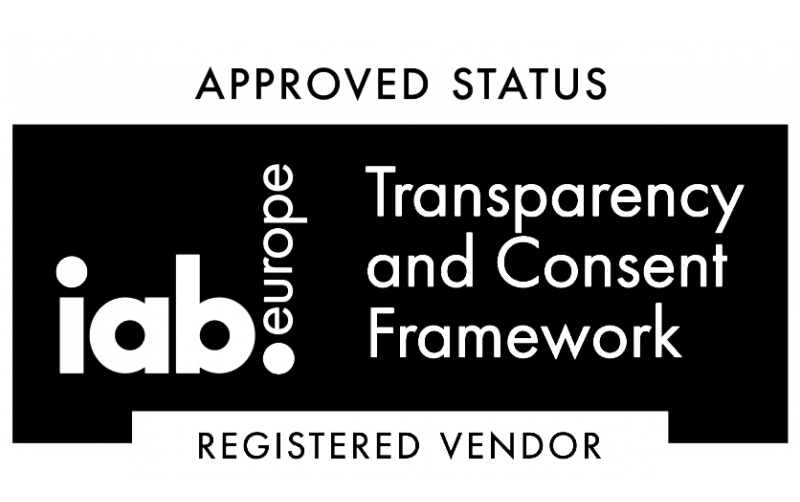5 Ways to Build AI-powered Chatbots for Your Website

Chatbots are becoming an essential need for businesses. They play a vital role in streamlining the chat support system. Let’s take a detailed look at the different ways in which these AI-powered Chatbots can be developed. This blog will briefly overview how various types of Chatbots powered by artificial intelligence can be designed to facilitate customer queries.
Rising Importance of Chatbots for Businesses
In today’s fast-paced world, customers expect a quick response from companies. The best way to do so is by using chatbots capable of managing all customer queries. Chatbots can answer anything, whether you ask about the available colour combinations or discounted pricing. Built with the power of artificial intelligence, they respond just like an average human would.
With the help of chatbots, businesses can promptly facilitate customer service and experience brand loyalty. It helps build their trust, which is very important for long-term retention. So, using Chatbots as a support assistant becomes highly important for businesses, especially for e-commerce stores, because they usually see traffic coming into the website continuously throughout the week.
5 Key Ways to Build AI Chatbots
Developing a Chatbot can be done in various ways, depending on the nature of the response you want to give to customers.
Rule-based Chatbots
Rule-based chatbots only cover a limited set of responses. They usually work on the “if-then” principle, meaning they can answer questions in two ways. These Chatbots are pretty easy to implement, as they do not require much technical ground for the integration. Rule-based chatbots suit websites that only want to answer basic questions in the most definite way.
Retrieval-based Chatbots
Retrieval-based Chatbots answer customer queries by selecting relative responses from an internal set of predefined replies. Using machine learning technology, these Chatbots analyze which customer questions match perfectly with the answers stored back in the database. Retrieval-based chatbots can be used in particular conditions where users need an accurate answer to a specific question, such as FAQs and others.
Generative Chatbots
Generative chatbots are the most advanced in the industry. Unlike other types, these Chatbots create responses from scratch using the generative AI language model. They are also fully capable of understanding the human language. Hence, their algorithms can generate curated reactions according to the given questions. The good thing about generative Chatbots is that they are highly flexible and can adapt to various languages. It gives them the power to handle a broader range of queries and interact with people more conversationally.
Hybrid Chatbots
Hybrid chatbots utilize both rules-based and generative AI chatbot functionalities. They are built with some predefined replies, but their algorithm can also efficiently handle critical queries using deep learning technology. Besides general questions, Hybrid Chatbots can also handle technical queries. For instance, it can provide a detailed answer related to the best practices of mobile app security, letting you know which actions should be performed to secure an app’s data. This makes Hybrid Chatbots a stunning revelation that can quickly address all questions.
Platform-Specific Chatbots
These Chatbots are built using tools that provide suitable features and APIs for Chatbot development. Many businesses use these Chatbots on social media profiles such as Facebook, Instagram, and others to handle general user queries. The development of these Chatbots involves APIs, SDKs, and other tools of a specific software development platform. Platform-specific Chatbots are highly powerful, as they can efficiently cater to any query.
Hailey Savona is an avid content marketer at Logo Poppin. She loves to talk and write about everything tech including the latest trends. When Hailey isn’t blogging, she likes to take her dogs to the park for a little game of catch.
Stay tuned!

- Contacto DPO: privacy@telecoming.com
- Finalidad del tratamiento: suscripción al blog.
- Legitimación del contrato: consentimiento.
- Destinatario de cesiones o transferencias: no se efectúan transferencias de datos fuera de la UE.
- Derechos de las personas interesadas: acceso, rectificación, supresión, oposición, limitación del tratamiento, portabilidad de los datos e interposición de reclamación ante la AEPD.



